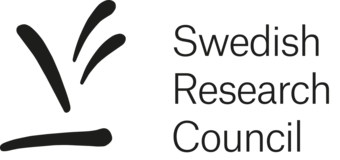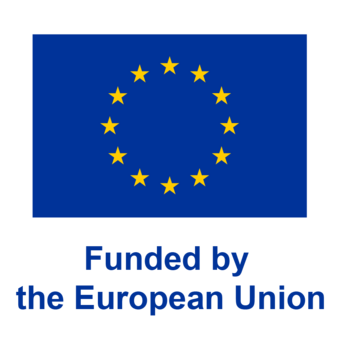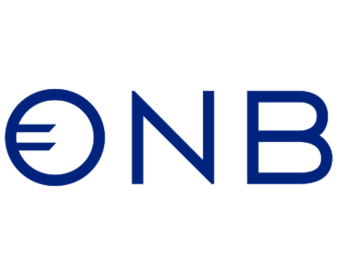Univ.-Prof. Dr. Wulf Eckhard Haubensak

Emotions form crucial mechanisms that improve individuals’ fitness by avoiding threats, following opportunities and managing social interactions. In a circuit neuroscience, we deconstruct affective stimulus-behavior transformations at the neuronal network level. We recently identified a dedicated loop between the amygdala, insular cortex, and brainstem that integrates key steps in this processing and pinpoint exact functions of its components. This loop senses salient events (i.e., importance) in the amygdala, and recruits insular feedback that assigns a negative or positive interoceptive valence (i.e., emotion), selecting the appropriate behavioral response, pending on experience and spatial context (Kargl, 2020; Grössl 2018).
Currently, we investigate how this network incorporates previous experiences to global brain dynamics and mood states, and generates emotions. Importantly, individuals’ brains interpret and react differently to stimuli. A possible explanation for this variation, suggests that most of the genetic variance and epigenetic modulation accumulate along specific sites in neuronal networks, biasing local computations, which underlie transitions between behavioral phenotypes (Pfaff, 2019). We are developing workflows that bridge circuit neuroscience with computational neurogenetics to understand the constraints and promoters of genetic variance, circuit computation, and behavioral traits driving behavioral diversity in health and psychiatric conditions.
Focal points of interest
We hypothesize that GABAergic computation is more complex than merely counterbalance excitatory drive in the cortex. Rather, we propose that GABAergic elements are critical gates in cortico-subcortical loops that can add qualitatively new features that cannot be achieved with excitatory networks alone. We aim to test our hypothesis in two ways.
- First, we will investigate an amygdala GABAergic node positioned between top-down (insular) and bottom-up (brainstem) inputs. This circuitry constitutes a core affective network (CAN) and utilizes features of predictive coding distributed across these hierarchies. Using state-of-the-art circuit neuroscience technologies, we will explore how the GABAergic node in the amygdala senses deviations from set points, prompting updates of interoceptive information from the insular cortex and dopaminergic prediction errors from the brainstem, thus influencing behavioral choices (Sladky 2023).
- Second, variances in affective processing significantly contribute to key behavioral traits in health and disease (e.g., impulsivity-related disorders, depression). Indeed, a pilot study found that genes can switch microcircuit dynamics and behavior in high or low impulsive regimes (Piszczek 2022). Following this, we will systematically study whether environmental factors (e.g., diet), disease states (KR Trauner), and psychiatric genetics (KR Rujescu) pre/reprogram GABA circuitry in the CAN circuitry for idiosyncratic behavioral response. We will additionally investigate whether dysfunctions in structural and/or functional connectivity within this network contribute to emotional rigidity in autism and emotional volatility in schizophrenia using mouse models or disease gene studies.
Technical proficiency and instrumentation - Integrative workflows
A key challenge for the neuroscience of behavior is to link insights from molecular genetics to neurophysiological and ethological levels (Pfaff 2019). We use state-of-the-art neuroscience workflows to tackle this problem. To explore the wiring and dynamics across modalities and species, we have developed coherent workflows using comparative (mouse to human) genomics and genetic datasets, circuit modeling, and brain atlas and MRI database searches (Ganglberger 2018, 2021, 2024; Kaczanowska 2022).
Further, to test our hypotheses derived from mouse translational models, we have integrated molecular-level tools including...
- genetic mouse models
- neuronal population sequencing
- brain metabolomics
- local circuit neuroscience
- viral circuit tracing
- opto- and chemogenetic circuit mapping
- calcium imaging and silicon probe recordings
- global level brain state mapping by fMRI
- data-driven behavioral analyses using laboratory test batteries and small world habitats (Piszczek 2022).
Aspirations for the next 5 years - Towards intuition and individuality
Despite the rapid progress in the field of affective processing, an important enigma remains: how does brain circuitry build and use emotions for an intuitive understanding of the world? We propose that the affect-related trait we refer to as intuition, emerges from the interplay of two key principles, interoceptive representations of bodily states (somatic markers) and active inference as a cognitive process (Kargl 2020; Sladky 2023).
We hypothesize that GABAergic gates encode set points (priors), while excitatory cortical components represent interoceptive models. Further, we postulate that the genetic-epigenetic variance between priors is the basis of individual differences in health and disease. By modulating neuronal processes in our model network (i.e., CAN), we aim to identify the first direct neuronal manifestation of both of these concepts.
References
- Piszczek L, Constantinescu A, Kargl D, Lazovic J, Pekcec A, Nicholson JR, Haubensak W. Dissociation of impulsive traits by subthalamic metabotropic glutamate receptor 4. Elife. 2022 Jan 4;11:e62123. doi: 10.7554/eLife.62123.
- Kargl D, Kaczanowska J, Ulonska S, Groessl F, Piszczek L, Lazovic J, Buehler K, Haubensak W. The amygdala instructs insular feedback for affective learning. Elife. 2020 Nov 20;9:e60336. doi: 10.7554/eLife.60336.
- Groessl F, Munsch T, Meis S, Griessner J, Kaczanowska J, Pliota P, Kargl D, Badurek S, Kraitsy K, Rassoulpour A, Zuber J, Lessmann V, Haubensak W. Dorsal tegmental dopamine neurons gate associative learning of fear. Nat Neurosci. 2018 Jul;21(7):952-962. doi: 10.1038/s41593-018-0174-5. Epub 2018 Jun 27.





